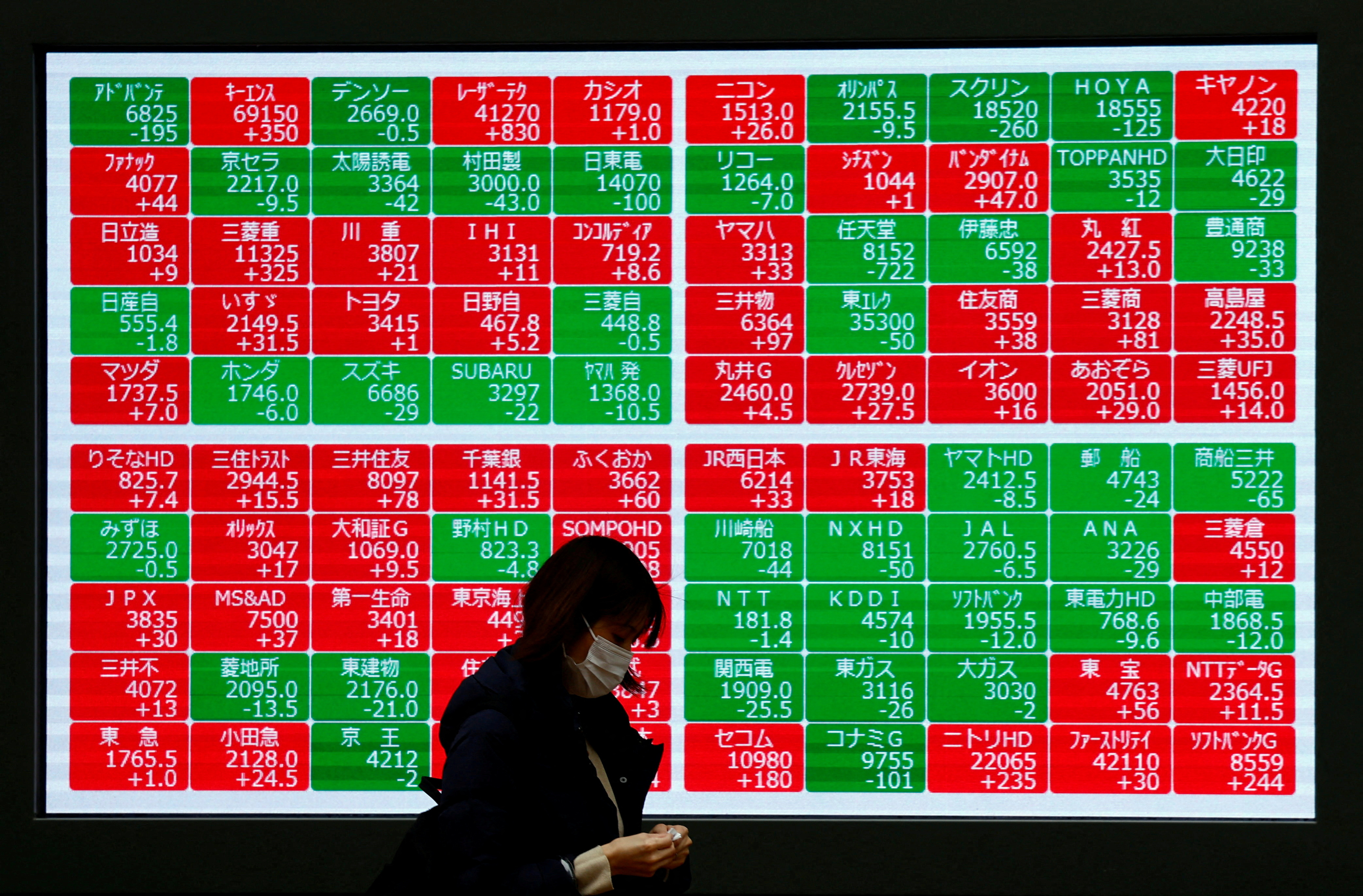
Introduction
Recently, governments, international organizations, and investors in Central Asia have sought to take the necessary steps to achieve sustainable development (Central Asia Investment Forum (CAIF)–2022, UN – Second Regional SDG Summit of Central Asian countries – 2022). Generally, Central Asian countries (Uzbekistan, Kazakhstan, Tajikistan, Kyrgyzstan, and Turkmenistan) benefit from large domestic markets, relatively inexpensive and abundant labour pools, and a wealth of raw materials. In 2021, the region’s foreign trade in goods totalled USD 165.5 billion, a sixfold increase over the last 20 years. On the other hand, Central Asia is highly vulnerable to climate change, with food, water, and energy resources particularly susceptible to climate challenges. Additionally, the region still has non-harmonized regulatory investment environments that are not yet fully aligned with the sustainable development agenda.
Overview of Sustainable Development-Oriented Provisions in Central Asian BITs
In comparison to the majority of European and U.S. BITs that have sought to achieve a balance by incorporating social and economic aspects, Central Asian BITs are of an older generation that simply focus on investment protection and dispute settlement.
- Firstly, despite the fact that Central Asian BITs vary from treaty to treaty, the structure of treaties and the content of investment protections are very similar.[1] Usually, sustainable development is integrated into Central Asian BITs using common approaches via provisions in preambles, human rights-related clauses, CSR clauses, and, more recently, clauses relating directly to sustainable development. There are not many cases of such provisions, however, and they appear only rarely, e.g., in the Austria–Kazakhstan BIT, Austria–Tajikistan BIT, Hungary–Kyrgyzstan BIT, and Republic of Korea–Uzbekistan BIT.
- Secondly, sustainable development-related provisions found in Central Asian BIT’s preambles (and linked to values such as national security, public health, labour, human rights, and the environment) are typically declaratory in nature. Whereas such treaty language in preambular or declaratory contexts has important interpretative functions according to Article 31 of the VCLT and a BIT’s meaning is to be derived, inter alia, from the treaty’s preamble, such provisions do not create operational legal content, let alone rights and obligations.
- Thirdly, Central Asian BITs have been based on other parties’ model BITs and do not even define the concept of FET and expropriation.[2] It is possible that, in the absence of specific references to sustainable development or particular components thereof in BITs, tribunals can still use the methods provided for in the VCLT to interpret the treaty provisions to take into account sustainable development-related concerns. However, given the existing practice of ISDS tribunals when interpreting even the new-generation BITs, this solution is hardly optimal.[3]
Challenges and Opportunities of Central Asian BITs for Ensuring Sustainable Development
As shown above, at the Central Asian level, BITs mostly do not contain references to either sustainable development in general or environmental, public health, or labour standards, in particular. However, there are still challenges to the implementation of
SDGs, Targets, and Indicators in the Article
1. Which SDGs are addressed or connected to the issues highlighted in the article?
- SDG 1: No Poverty
- SDG 2: Zero Hunger
- SDG 3: Good Health and Well-being
- SDG 6: Clean Water and Sanitation
- SDG 7: Affordable and Clean Energy
- SDG 8: Decent Work and Economic Growth
- SDG 9: Industry, Innovation, and Infrastructure
- SDG 11: Sustainable Cities and Communities
- SDG 12: Responsible Consumption and Production
- SDG 13: Climate Action
- SDG 15: Life on Land
- SDG 16: Peace, Justice, and Strong Institutions
- SDG 17: Partnerships for the Goals
2. What specific targets under those SDGs can be identified based on the article’s content?
- Target 1.1: By 2030, eradicate extreme poverty for all people everywhere.
- Target 2.1: By 2030, end hunger and ensure access by all people, in particular the poor and people in vulnerable situations, including infants, to safe, nutritious, and sufficient food all year round.
- Target 3.9: By 2030, substantially reduce the number of deaths and illnesses from hazardous chemicals and air, water, and soil pollution and contamination.
- Target 6.1: By 2030, achieve universal and equitable access to safe and affordable drinking water for all.
- Target 7.2: By 2030, increase substantially the share of renewable energy in the global energy mix.
- Target 8.5: By 2030, achieve full and productive employment and decent work for all women and men, including for young people and persons with disabilities, and equal pay for work of equal value.
- Target 9.1: Develop quality, reliable, sustainable, and resilient infrastructure, including regional and transborder infrastructure, to support economic development and human well-being, with a focus on affordable and equitable access for all.
- Target 11.3: By 2030, enhance inclusive and sustainable urbanization and capacity for participatory, integrated, and sustainable human settlement planning and management in all countries.
- Target 12.2: By 2030, achieve the sustainable management and efficient use of natural resources.
- Target 13.1: Strengthen resilience and adaptive capacity to climate-related hazards and natural disasters in all countries.
- Target 15.1: By 2020, ensure the conservation, restoration, and sustainable use of terrestrial and inland freshwater ecosystems and their services.
- Target 16.3: Promote the rule of law at the national and international levels and ensure equal access to justice for all.
- Target 17.16: Enhance the global partnership for sustainable development, complemented by multi-stakeholder partnerships that mobilize and share knowledge, expertise, technology, and financial resources.
3. Are there any indicators mentioned or implied in the article that can be used to measure progress towards the identified targets?
- Indicator 1.1.1: Proportion of population below the international poverty line, by sex, age, employment status, and geographical location.
- Indicator 2.1.1: Prevalence of undernourishment.
- Indicator 3.9.2: Mortality rate attributed to household and ambient air pollution.
- Indicator 6.1.1: Proportion of population using safely managed drinking water services.
- Indicator 7.2.1: Renewable energy share in the total final energy consumption.
- Indicator 8.5.1: Average hourly earnings of female and male employees, by occupation, age group, and persons with disabilities.
- Indicator 9.1.1: Proportion of the rural population who live within 2 km of an all-season road.
- Indicator 11.3.1: Ratio of land consumption rate to population growth rate.
- Indicator 12.2.1: Material footprint, material footprint per capita, and material footprint per GDP.
- Indicator 13.1.1: Number of deaths, missing persons, and directly affected persons attributed to disasters per 100,000 population.
- Indicator 15.1.1: Forest area as a proportion of total land area.
- Indicator 16.3.3: Proportion of the population who have experienced a dispute in the past two years and who accessed a formal or informal dispute resolution mechanism, by type of mechanism.
- Indicator 17.16.1: Number of countries reporting progress in multi-stakeholder development effectiveness monitoring frameworks that support the achievement of the SDGs.
Table: SDGs, Targets, and Indicators
| SDGs | Targets | Indicators |
|---|---|---|
| SDG 1: No Poverty | Target 1.1: By 2030, eradicate extreme poverty for all people everywhere. | Indicator 1.1.1: Proportion of population below the international poverty line, by sex, age, employment status, and geographical location. |
| SDG 2: Zero Hunger | Target 2.1: By 2030, end hunger and ensure access by all people, in particular the poor and people in vulnerable situations, including infants, to safe, nutritious, and sufficient food all year round. | Indicator 2.1.1: Prevalence of undernourishment. |
| SDG 3: Good Health and Well-being | Target 3.9: By 2030, substantially reduce the number of deaths and illnesses from hazardous chemicals and air, water, and soil pollution
Behold! This splendid article springs forth from the wellspring of knowledge, shaped by a wondrous proprietary AI technology that delved into a vast ocean of data, illuminating the path towards the Sustainable Development Goals. Remember that all rights are reserved by SDG Investors LLC, empowering us to champion progress together. Source: iisd.org
Join us, as fellow seekers of change, on a transformative journey at https://sdgtalks.ai/welcome, where you can become a member and actively contribute to shaping a brighter future.
|







